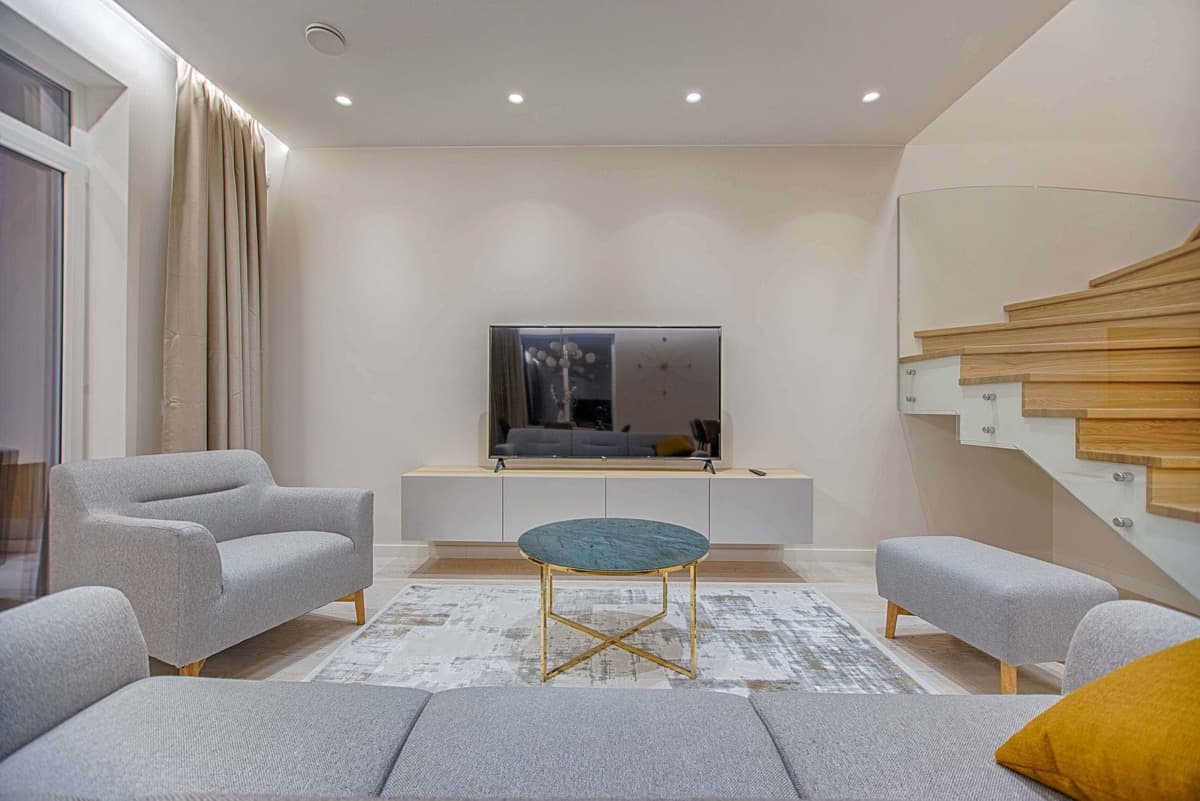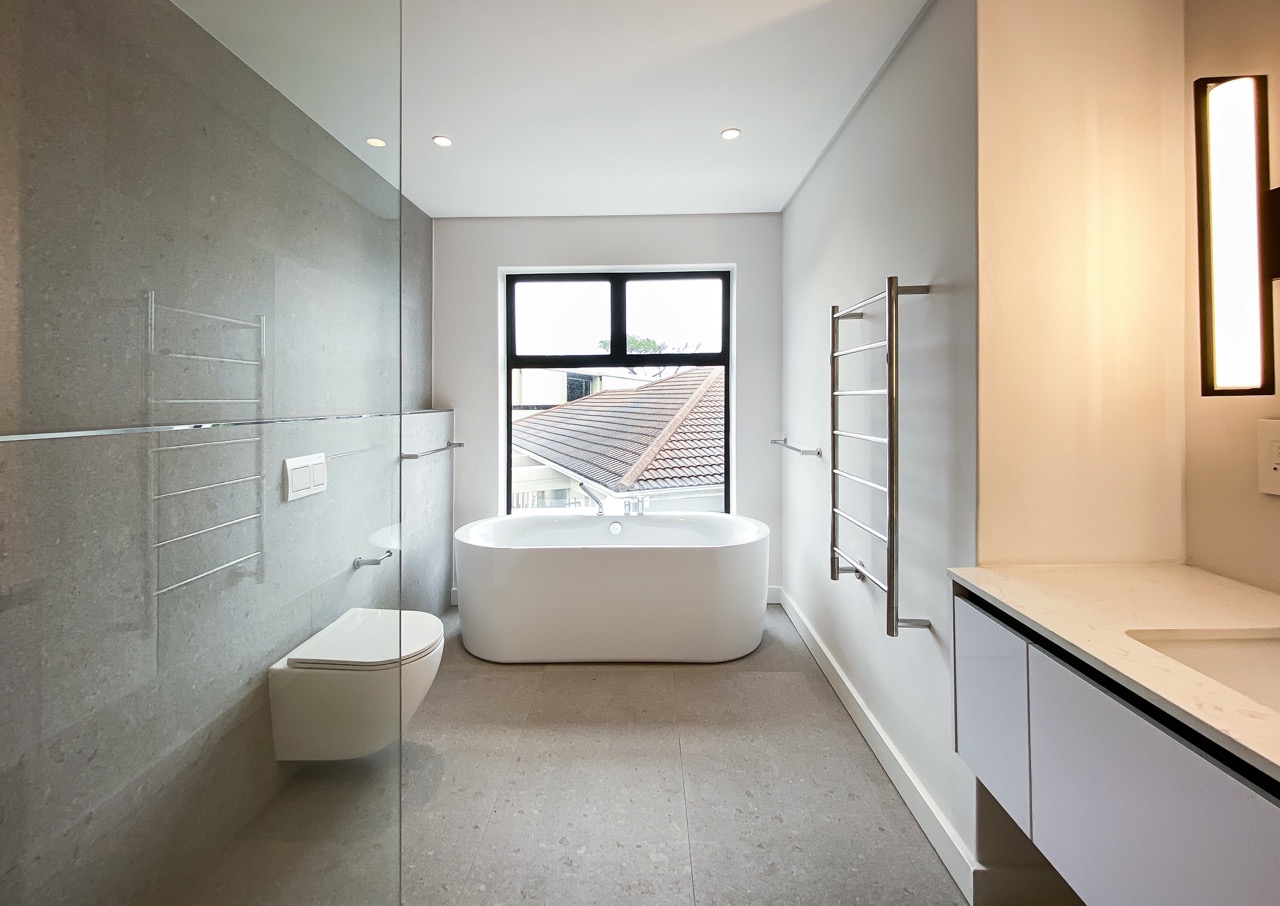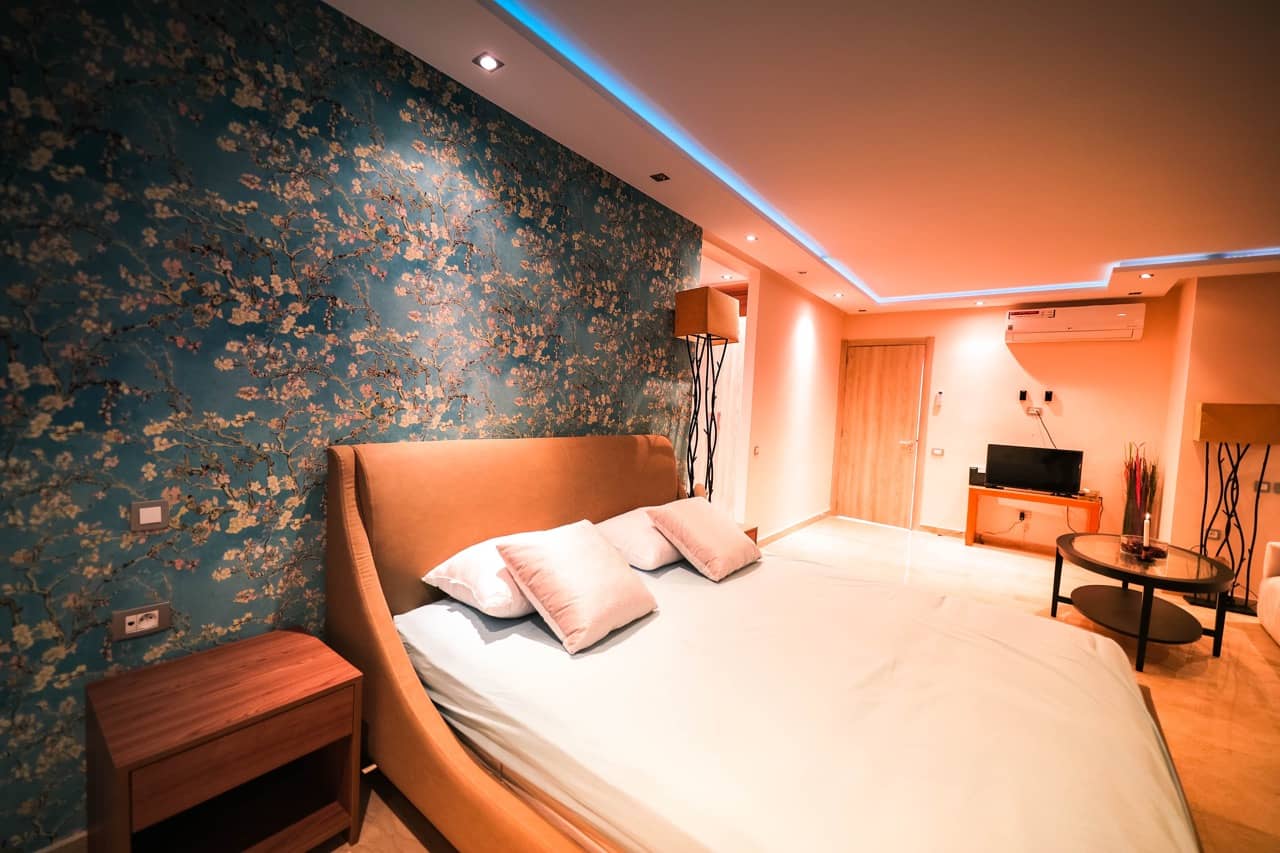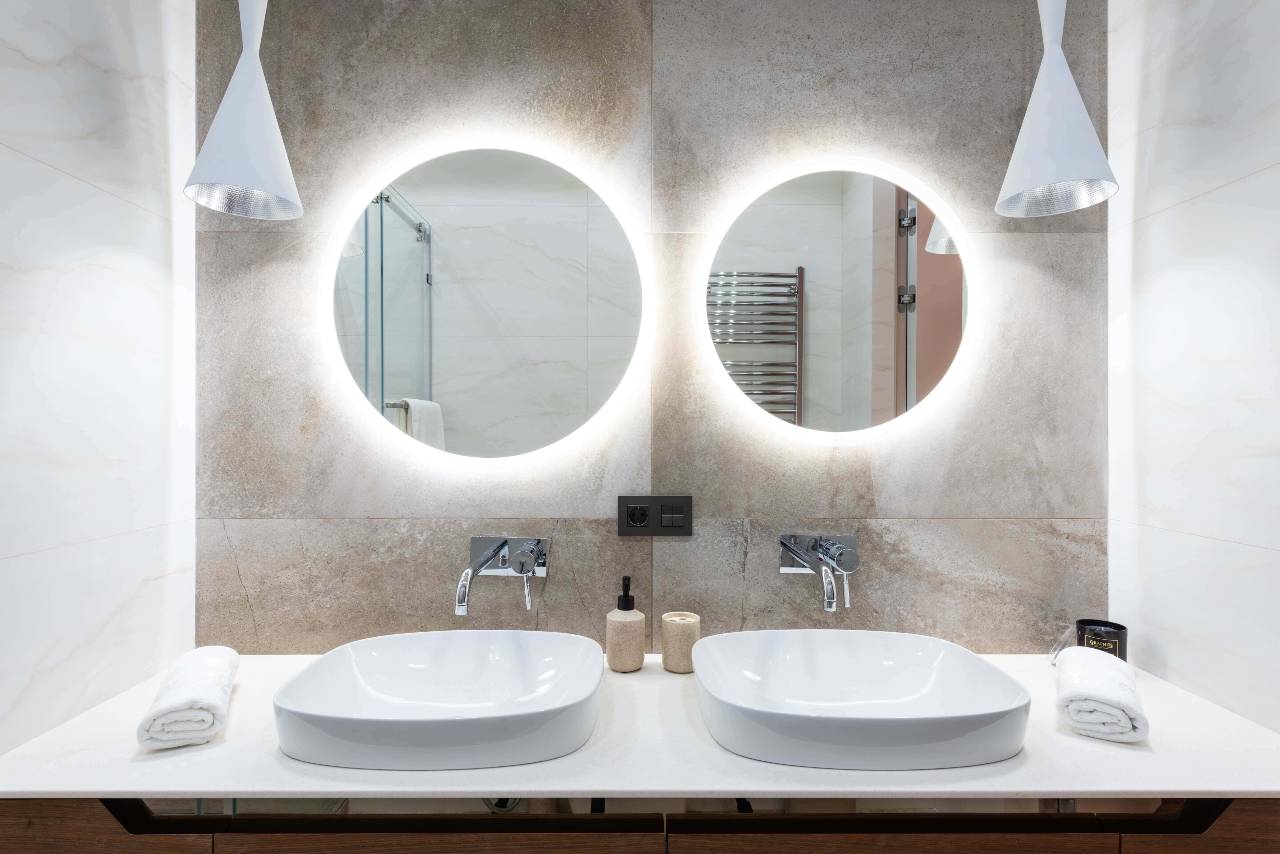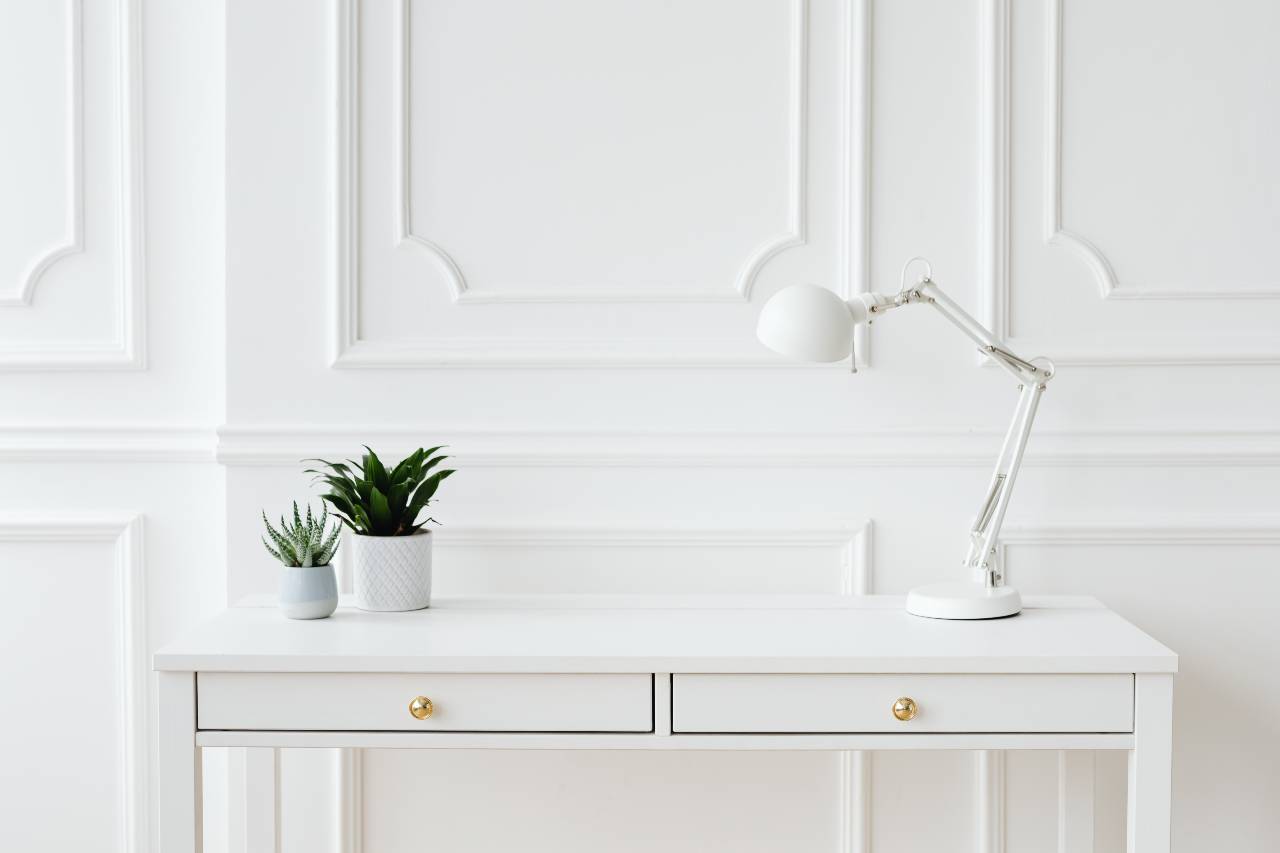The living room is an integral part of any home. It is where we gather with family and friends, relax after a long day, and engage in various activities such as reading, watching movies, or simply enjoying each other’s company.
In creating the perfect living room ambiance, lighting plays a crucial role. Not only does it illuminate the space, but it also sets the mood and enhances the overall aesthetics.
The Importance of Lighting in the Living Room
Lighting in the living room serves multiple purposes beyond mere illumination. Properly designed lighting can highlight architectural features, accentuate decor elements, create focal points, and contribute to a warm and inviting atmosphere. It can transform an ordinary space into a captivating oasis that reflects our personal style.
Effective lighting design takes into account different activities that take place in the living room throughout the day. It should offer flexibility to adapt to various needs, such as bright lighting for reading or engaging tasks while providing softer ambient lighting for relaxation or entertaining guests.
The Advantages of LED Lights over Traditional Lighting Options
When it comes to lighting choices for our living rooms, LED lights have surged in popularity due to their numerous advantages over traditional lighting options. LED stands for Light Emitting Diode – a technology that has revolutionized the way we light our homes. One significant advantage of LED lights is their energy efficiency.
Compared to incandescent bulbs or fluorescent tubes commonly found in traditional lighting fixtures, LEDs consume significantly less power while delivering comparable or even better brightness levels. This energy efficiency translates into reduced electricity bills and minimizes our environmental footprint.
Besides energy savings, LED lights also offer remarkable longevity. With an average lifespan of 25,000 to 50,000 hours (depending on usage), they outlast incandescent bulbs by several years.
This extended lifespan eliminates the hassle of frequently replacing bulbs and lowers maintenance costs over time. Moreover, LED lights boast superior durability and reliability.
They are resistant to impacts, vibrations, and temperature fluctuations, making them suitable for a variety of living room environments. LED lights also emit less heat compared to traditional bulbs, which not only enhances their safety but also helps in maintaining a comfortable room temperature.
High-level overview of LED lights
Definition and working principle of LED technology
LED stands for Light-Emitting Diode, which is a semiconductor device that emits light when an electric current passes through it. The working principle of LED lights involves the phenomenon of electroluminescence, where the movement of electrons within the semiconductor material releases energy in the form of photons. This process differs from traditional incandescent bulbs that rely on a filament to produce light, which generates a significant amount of heat.
LEDs, on the other hand, are remarkably efficient as they convert most of the electrical energy into light rather than wasting it as heat. The core component in an LED is a semiconductor chip made from materials such as gallium nitride (GaN) or indium gallium nitride (InGaN).
These materials determine the color output of the LED light by varying their composition. Additionally, LEDs are typically encapsulated in an epoxy resin to protect them from physical damage and provide optical control.
Benefits of using LED lights in the living room
LED lights offer numerous advantages that make them ideal for illuminating living spaces like your cozy haven. One key benefit is their exceptional energy efficiency compared to traditional lighting options.
LEDs consume significantly less power while producing equivalent or higher levels of brightness. This translates into lower electricity bills and reduced carbon footprint.
Furthermore, LED lights have an impressively long lifespan compared to incandescent or fluorescent bulbs. While incandescent bulbs last around 1,000 hours and fluorescent bulbs around 10,000 hours on average, LEDs can provide up to 50,000 hours or more before requiring replacement.
This extended lifespan not only saves you money on frequent bulb replacements but also reduces maintenance efforts. Another advantage lies in their superior lighting quality.
LEDs are available in various color temperatures ranging from warm white (yellowish hue) to cool white (bluish hue), allowing you to create the desired ambiance in your living room. Additionally, LED lights have excellent color rendering capabilities, meaning they accurately reproduce colors and make your living space vibrant and visually appealing.
Moreover, LED lights are more durable compared to traditional bulbs. They are resistant to shocks, vibrations, and temperature changes.
This durability makes them suitable for various applications within the living room environment. LED lights offer a revolutionary lighting solution that brings numerous benefits to the living room.
From their energy efficiency and long lifespan to their superior lighting quality and durability, LEDs provide a reliable and sustainable way of illuminating your cherished space. Understanding the high-level overview of LED technology and comprehending its advantages will help you make informed decisions when selecting the best LED lights for your living room.
Factors to Consider when Choosing LED lights for the Living Room
Brightness and Color Temperature: Illuminating your Space
In the quest to create an inviting ambiance, finding the right balance of brightness and color temperature is paramount. Brightness is measured in lumens, indicating the amount of light emitted by a bulb. The Kelvin scale helps define color temperature, which determines the warmth or coolness of light.
For a living room, consider versatile LED lights with adjustable brightness levels, allowing you to adapt the lighting atmosphere to various activities such as reading or entertaining guests. To ensure an optimal lighting experience, it’s crucial to understand recommended brightness levels for different living room activities.
For instance, ambient lighting typically requires a range of 1,500-3,000 lumens for overall illumination. However, if you engage in tasks that demand increased focus such as reading or craftwork, task lighting should provide around 3,000-4,000 lumens.
| Brightness | Color Temperature (Kelvin) | Recommended Use |
|---|---|---|
| High | 5000K and above | Task lighting, workspaces, kitchens, bathrooms |
| Medium | 3500K-4500K | General lighting, living rooms, dining rooms, hallways |
| Low | 2700K-3500K | Bedrooms, mood lighting, accent lighting |
Color Rendering Index (CRI): Unveiling Vibrant and True-to-Life Colors
Accurate color reproduction plays a significant role in creating an aesthetically pleasing living room environment. The Color Rendering Index (CRI) measures how well a light source displays colors compared to natural daylight. A high CRI rating ensures vibrant and true-to-life colors within your space.
When selecting LED lights for your living room’s lighting scheme, prioritize products with a CRI rating above 80. This level guarantees excellent color accuracy and prevents washed-out or distorted hues in your decor or artworks on display.
Energy Efficiency and Lifespan: Long-lasting Brilliance
Comparing energy efficiency between LED lights and traditional incandescent or fluorescent options reveals clear advantages of choosing LEDs for your living room. LED technology consumes significantly less energy while providing equivalent illumination levels – thus reducing electricity bills and environmental impact.
Notably, LED lights have an impressive lifespan compared to traditional bulbs. While incandescent bulbs last around 1,000 hours and compact fluorescent lamps (CFLs) approximately 8,000 hours, LEDs can endure for well over 25,000 hours of usage.
This longevity not only saves costs associated with frequent bulb replacements but also ensures consistent brilliance throughout the lifespan of the LED light. When considering LED lights for your living room, several factors deserve careful attention.
Balancing brightness and color temperature is crucial to create the desired atmosphere for different activities. Opting for LED lights with high CRI ratings enhances color accuracy and brings out the true vibrancy of your living room’s aesthetics.
Energy efficiency and long lifespan make LEDs an economically sustainable choice that reduces maintenance costs in the long run. By considering these essential factors, you can select the best LED lighting options to transform your living room into a beautifully lit sanctuary of style and comfort.
Different Types of LED Lights Suitable for the Living Room
The living room is often considered the heart of a home, and choosing the right lighting fixtures can greatly enhance its overall ambiance. LED lights offer a wide range of options to illuminate your living space. Here, we will explore three popular choices for LED lights in the living room: recessed ceiling lights, track lighting, and floor lamps with integrated LEDs.
Recessed Ceiling Lights
One stylish and versatile option for illuminating your living room is recessed ceiling lights. These lights are installed directly into the ceiling, providing a sleek and modern look that doesn’t clutter your space. One of the key benefits of recessed lighting is its ability to create a clean aesthetic by blending seamlessly into the surroundings.
In addition to their aesthetic appeal, recessed ceiling lights offer adjustable brightness levels through dimmable options, allowing you to set the perfect atmosphere for any occasion. Whether you’re hosting a cozy movie night or entertaining guests, these dimmable LED lights provide flexibility in creating different moods within your living room.
Track Lighting
If you desire flexibility in directing light to specific areas or objects within your living room, track lighting is an excellent choice. This type of lighting solution consists of multiple adjustable fixtures mounted on a track that can be positioned according to your needs.
Not only does track lighting provide practicality by allowing you to highlight specific features like artwork or architectural elements, but it also adds an element of style and sophistication to your living space. With various design options available in different finishes and shapes, you can find track lighting fixtures that perfectly complement your interior decor style.
Floor Lamps with Integrated LEDs
If you prefer portable and versatile lighting solutions that don’t require installation, floor lamps with integrated LEDs are an ideal choice for your living room. These sleek and space-saving alternatives to traditional floor lamps provide both functionality and elegance. One of the significant advantages of floor lamps with integrated LEDs is their adjustable height and directionality.
This allows you to direct light precisely where it’s needed, whether it’s for reading, highlighting a specific area, or creating a cozy ambiance in the evenings. With their modern designs and various styles available, these floor lamps seamlessly blend into your living room decor while providing ample illumination.
Specialized LED features for enhanced living room experience
Smart LED lights with voice control capabilities
In today’s digital age, the integration of smart technology has revolutionized our daily lives, and the living room is no exception. Smart LED lights offer a whole new level of convenience and control. With voice-controlled capabilities, you can effortlessly adjust your lighting without lifting a finger.
By connecting your smart LED lights to virtual assistants like Alexa or Google Home, you can simply use voice commands to dim the lights, change colors, or even turn them on and off. This feature not only adds a touch of futuristic elegance to your living room but also makes it easier than ever to create the perfect ambiance.
Integration with virtual assistants like Alexa or Google Home
The integration of smart LED lights with virtual assistants opens up a world of possibilities for enhancing your living room experience. Imagine being able to set the mood for movie nights by simply saying “Alexa, dim the lights to 30%.” Or perhaps you want to create a cozy reading corner – just say “Hey Google, turn on the reading light” and watch as your smart LED lights respond accordingly. The seamless integration with virtual assistants not only adds convenience but also allows for seamless integration with other smart devices in your home.
Customizable settings for personalized ambiance
One of the greatest advantages of specialized LED features is their ability to provide customized lighting settings tailored specifically to suit individual preferences and activities in the living room. Whether you prefer warm and cozy lighting for relaxation or bright and vibrant hues for social gatherings, smart LED lights offer an array of customizable settings that allow you to fine-tune every aspect of your living room lighting. From adjusting color temperatures and brightness levels to creating dynamic scenes that match different occasions, these customizable options ensure that your living room always looks its best.
Conclusion
The advent of specialized LED features has transformed the way we illuminate our living spaces. With smart LED lights offering voice control capabilities and seamless integration with virtual assistants like Alexa or Google Home, controlling your living room lighting has never been easier or more convenient.
The ability to customize settings according to personal preferences allows for a truly personalized lighting experience, enhancing the ambiance and functionality of your living room. Embrace these technological advancements in LED lighting and enjoy an elevated living room experience like never before.

